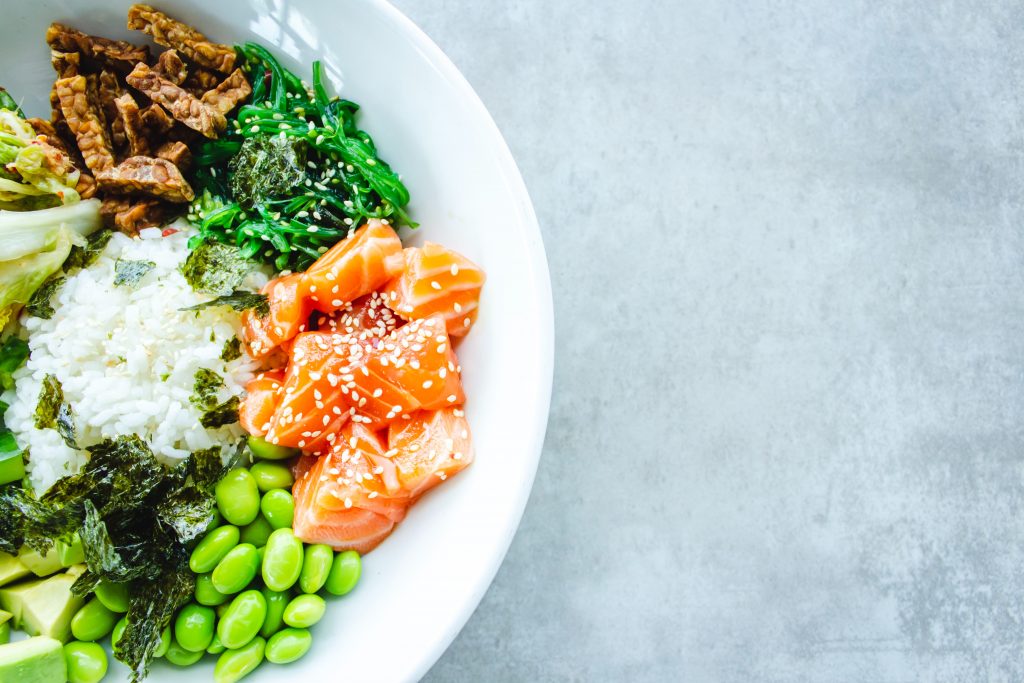
You passed the exam if your response was “all of the above”: It’s incredibly tough to prioritize nutrition or exercise over the other because they both contribute significantly to the foundation health of an individual. What happens when you consistently combine the two? We should all support that long-term habit partnership.
“A healthy diet alongside regular physical activity is an important determinant of overall health status,” says Dr. Nima Alamdari, PhD, a physiologist and Ritual’s Chief Scientific Officer. “The combination is most beneficial: The whole is more than the sum of its parts for promoting health and providing support in later life.”*
So, yes: A well-rounded daily routine must include both regular exercise and a healthy food. But the problematic part is when we frequently give one more importance than the other. In a Ritual poll, for instance, men rated exercise as being twice as essential as diet overall; meanwhile, CDC data show that men’s diets are behind in crucial ways, such as intake of fruits, vegetables, and whole grains. What if we adjusted our focus a little to give both equal attention? * (1,2)
The importance of diet
Let’s start with some nutrition basics. The concept that food is essential for our survival is, well, a little obvious. But if we dig a little deeper, the individual food decisions we make on a daily basis actually make a world of difference. Our bodies require a precise balance of macronutrients (such as protein, carbohydrates, and fat) and micronutrients (such as vitamins and minerals) in order to function correctly, and we should seek to satisfy the bulk of those needs through the meals we eat.
Each of those macronutrients and micronutrients has a specific role to play, which may range from promoting healthy immunological function and brain function to promoting blood formation and regular energy-yielding metabolism, depending on the nutrient in question. Additionally, these nutrients frequently have many functions in the body.
Fruits, veggies, and other whole foods are some of the best resources for these kinds of nutrients, which is why filling your plate with a healthy variety should be a no-brainer for covering the majority of your daily intake needs. “Following a healthy eating pattern and paying attention to food and nutrient components is an important strategy for anyone, at any life stage,” adds Dr. Nima. That also means limiting processed foods with little to no nutritional value, like sodas, fast food, and other “empty calorie” options—even if you think you’ve “earned it” from a tough workout.* (More on that in a minute.)
The importance of exercise
Researchers have long shown that regular exercise contributes to general wellbeing. Starting off, it has been demonstrated that regular exercise is an essential element of “successful” aging, that is, supporting your body in a way that enables you to live your life as you see fit. Moving your body and getting your blood flowing has indisputable physical benefits, but that doesn’t even begin to cover some of the advantages for your mental health that researchers have focused on. * (3,4)
Nevertheless, there are a variety of ways to get moving, and it’s important to realize that not all forms of exercise are equivalent. Running, walking, jumping rope, swimming, and other forms of aerobic exercise (without oxygen) truly get your heart racing for a continuous period of time.
which emphasizes working your muscles in concentrated bursts, such as running, weightlifting, and other activities. Both provide advantages in various ways, and the best workout plans will use a combination of both. * (5)
A challenging spin class, an hour of yoga, brisk walks through your neighbourhood, or a combination of all of the above may be the greatest kind of exercise for you, on the other hand, if it inspires you to maintain the habit over the long run.
How diet and exercise work together
According to Dr. Nima, maintaining a balanced diet is just one important aspect of living a healthy lifestyle. On the other hand, we can’t out-exercise a poor diet either. Together, we require both of these elements.
When you give it some thought, a healthy diet is actually a key part of an effective exercise program. Without the aid of macronutrients and micronutrients that we obtain through our diets, muscle protein synthesis would not be possible. This is where a protein shake with a full amino acid profile, like Essential Protein, comes in handy. Again, each of these nutrients supports various aspects of our body, including the heart, blood, and bones. Exercise requires that fuel to be effective. * (6)
Or, if you’re planning ahead, think about those who live in Blue Zones, which are regions of the world where people live the longest, healthiest lives: An active way of life and a nutrient-rich, largely unprocessed diet are two things these regions, which span various cultures around the world, have in common. Without the other, they can’t rely on either of these. (7)
The bottom line? Although some of us may have a history of favoring one over the other, there is actually no competition between diet and exercise: They both play crucial roles in a wholesome routine.
References:
Reedy J, Lerman JL, Krebs-Smith SM, et al. Evaluation of the Healthy Eating Index-2015. J Acad Nutr Diet. 2018;118(9):1622‐1633.
Ritual – Men’s Health Survey. November 2019. n=300.
Ross D. Pollock, Katie A. O’Brien, Lorna J. Daniels, Kathrine B. Nielsen, Anthea Rowlerson, Niharika A. Duggal, Norman R. Lazarus, Janet M. Lord, Andrew Philp, Stephen D. R. Harridge. Properties of the vastus lateralis muscle…in master cyclists aged 55-79 years. Aging Cell, 2018; e12735 DOI:
ten Brinke, L. F., Bolandzadeh, N., Nagamatsu, L. S., Hsu, C. L., Davis, J. C., Miran-Khan, K., & Liu-Ambrose, T. (2015). Aerobic exercise…: a 6-month randomised controlled trial. British journal of sports medicine, 49(4), 248–254.
Warburton, D. E., Nicol, C. W., & Bredin, S. S. (2006). Health benefits of physical activity: the evidence. CMAJ : Canadian Medical Association journal = journal de l’Association medicale canadienne, 174(6), 801–809.
Atherton, P. J., & Smith, K. (2012). Muscle protein synthesis in response to nutrition and exercise. The Journal of physiology, 590(5), 1049–1057.
Buettner, Dan, and Sam Skemp. “Blue Zones.” American Journal of Lifestyle Medicine, vol. 10, no. 5, July 2016, pp. 318–321.,



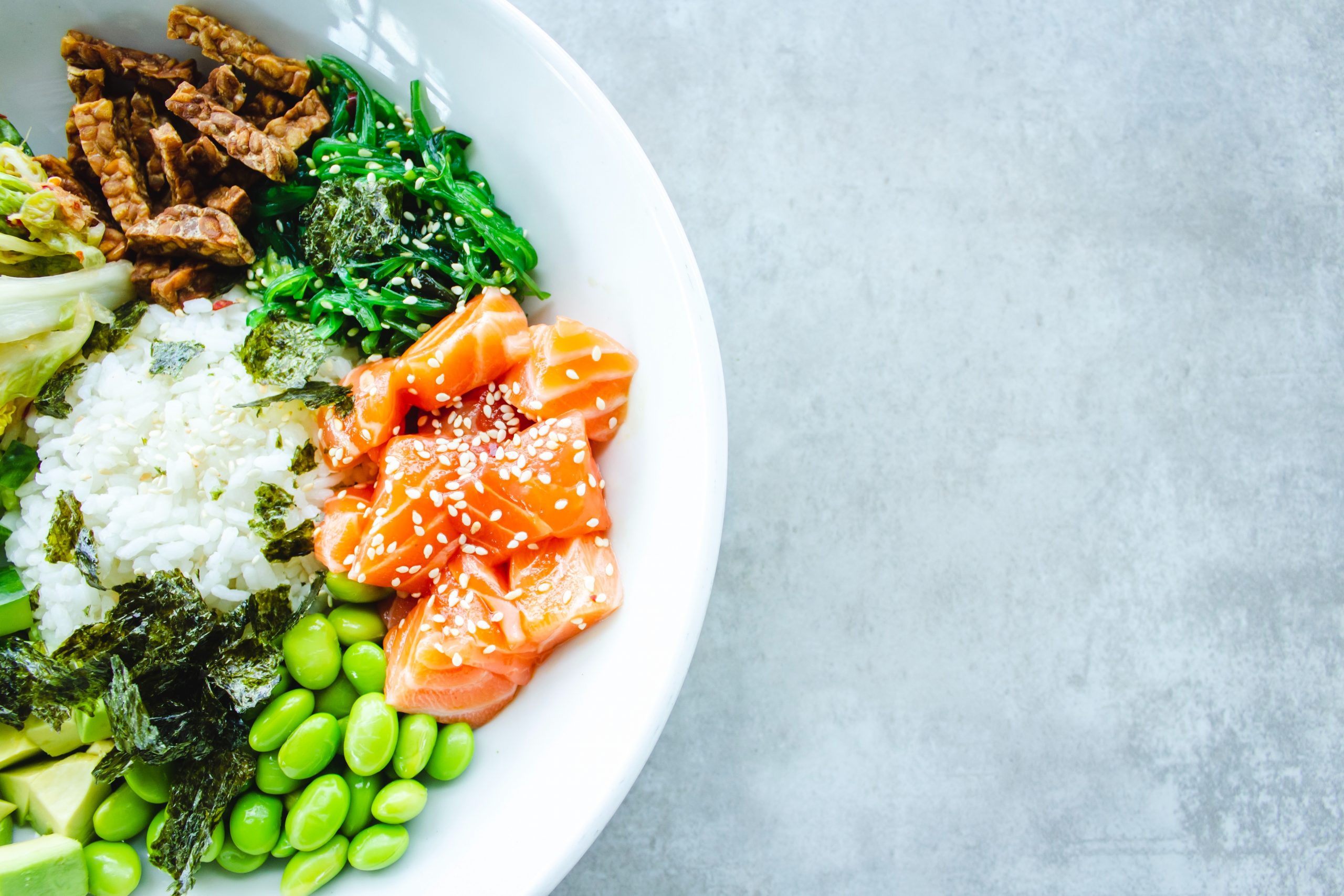

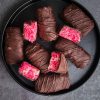

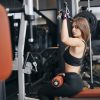

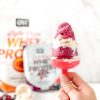
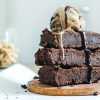

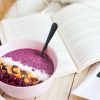


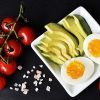

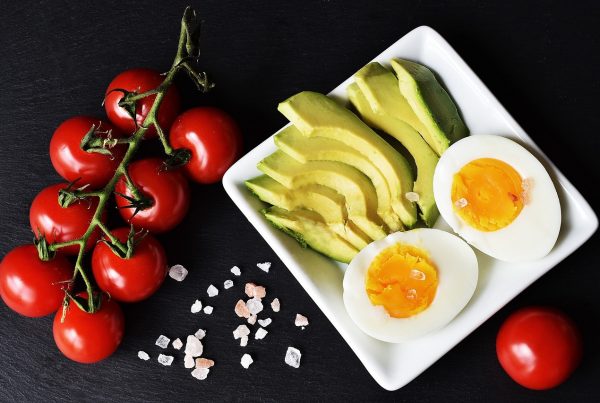


Recent Comments